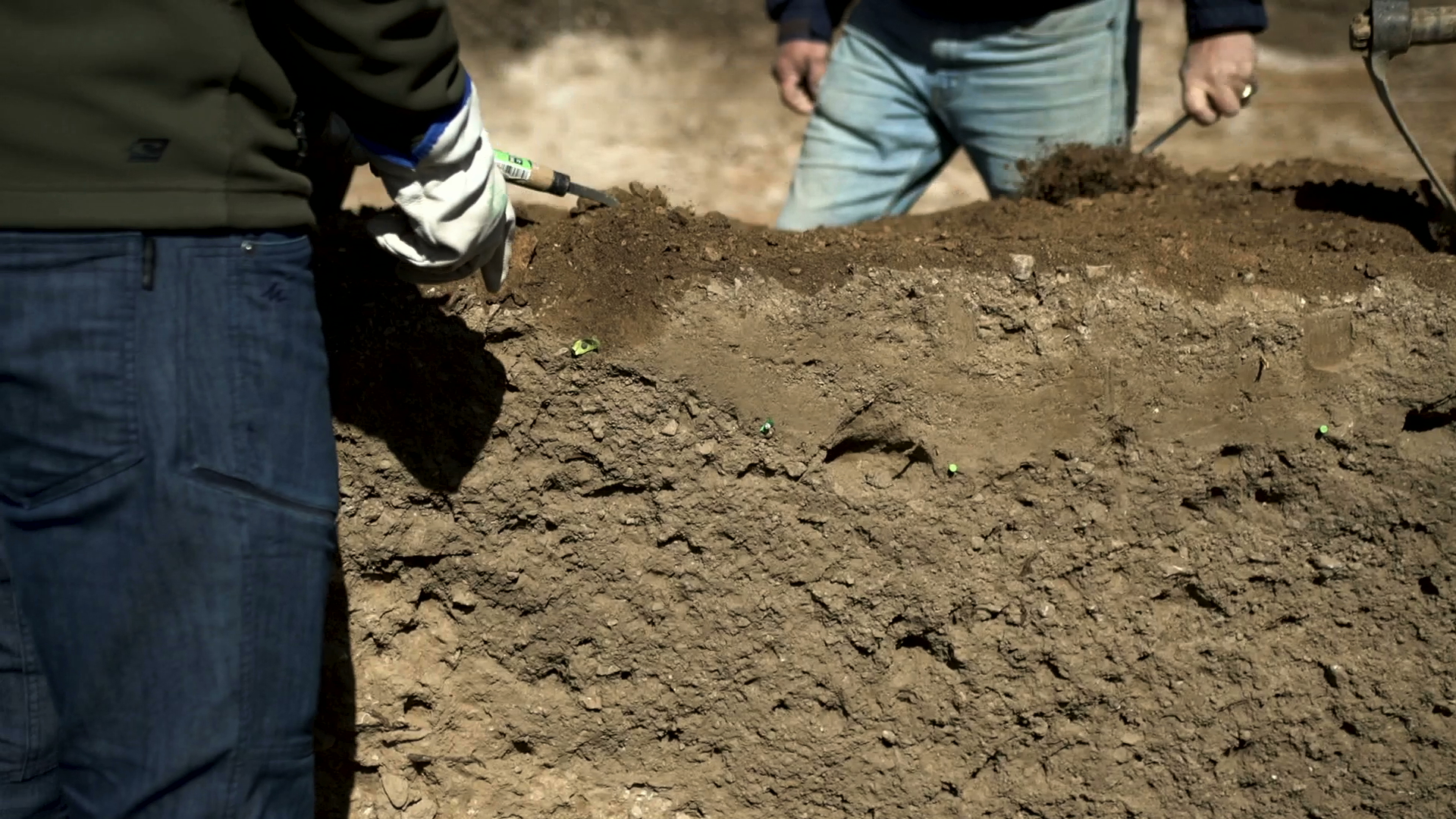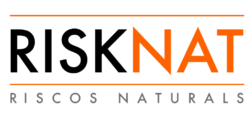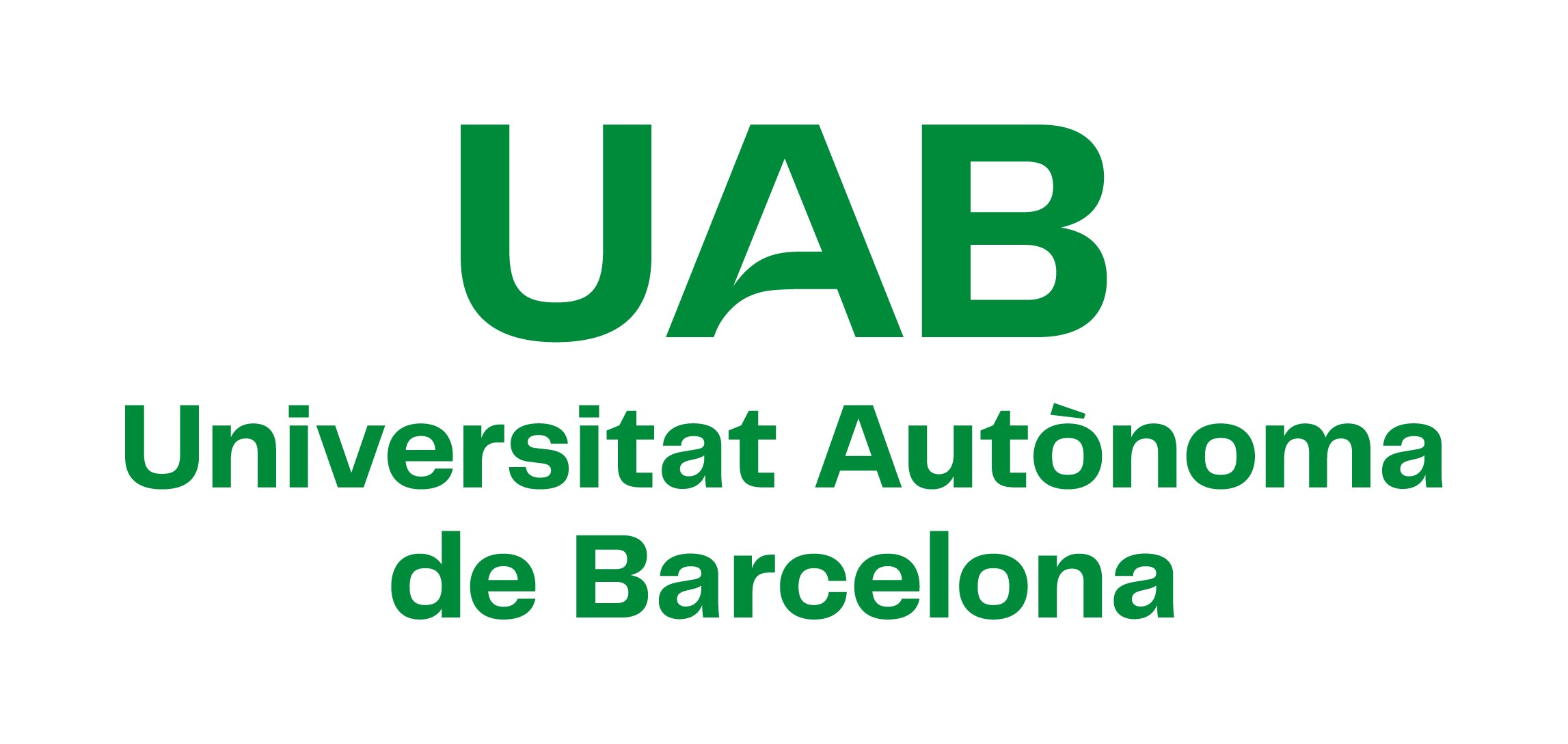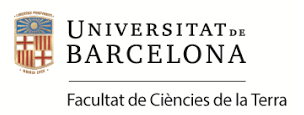
WHAT IS RISKNAT?
RISKNAT is a Grup de Recerca Consolidat per la Generalitat de Catalunya. We center our activities on geological risks, both onshore and offshore

OUR MAIN OBJECTIVES
- improve knowledge on hazardous geological processes (the factors that control their location, initiation, dynamics and extent, and the probability of their occurrence);
- develop new techniques and methodologies to study and quantify dangerous phenomena;
- transfer knowledge and raise societal awareness on the prevention strategies.
TRAJECTORY
The RISKNAT research group started operating in 2001, building up from a previous research group called GEOSUPER, mostly formed by geomorphologists, which had initiated their activities in 1995. In addition to geomorphology, RISKNAT gradually incorporated more disciplines like structural geology, engineering geology, geophysics and geodesy, while maintaining its focus mainly on the study of earthquakes, mass movements and floods. In 2023 our group has grown and enriched by incorporating younger researchers, new scopes (marine geology, environmental biogeochemistry), and new research lines, like land subsidence, offshore geohazards, permafrost and gas hydrate degradation in response to climate change. We are increasing critical mass, interdisciplinarity, and enhance cohesion and synergistic potential.
RATIONALE
We base our activities on the idea that deep understanding of the geodynamic and geochemical hazard-producing processes is key to reduce disaster risk. Natural hazards are those not directly derived from human activity, which have the potential to produce damage to society. There is growing evidence that part of these hazards -as floods, landslides and permafrost degradation- are being directly exacerbated by the current anthropogenic climate change, contributing to enormous social, economic and cultural impacts. Understanding hazardous phenomena and educating people on how to minimize their effects (by increasing preparedness and avoiding exposure) is the most efficient way to save lives, property and reduce economic losses, and is a key step towards increasing resilience and the sustainable development of societies.
WHAT WE DO
A key milestone in the development of our research group was the publication of Informe RISCAT (2006-2008), a report solicited by the Generalitat de Catalunya government dealing on the capacity of our country to face natural risks.


